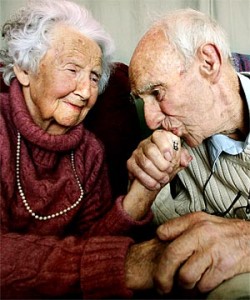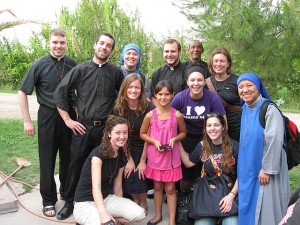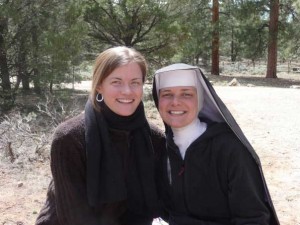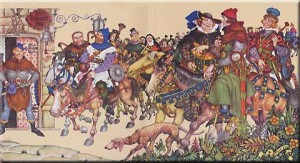 I’ve been thinking about friendship a lot recently, both same sex and opposite sex. In the past, I’ve shared blogs on What is Christian Friendship? and Having a Diversity of Friendships. But when I wrote the blog Marriage and Womanhood, one of the “rules” that people had a hard time agreeing with was #3 “Do not have an intimate friendship with a man who is not dating you.”
I’ve been thinking about friendship a lot recently, both same sex and opposite sex. In the past, I’ve shared blogs on What is Christian Friendship? and Having a Diversity of Friendships. But when I wrote the blog Marriage and Womanhood, one of the “rules” that people had a hard time agreeing with was #3 “Do not have an intimate friendship with a man who is not dating you.”
A few weeks back, I came across this blog from Damian Wargo of The King’s Men, and I am reprinting it here with permission. It certainly challenges us to look at our opposite sex friendships in light of marriage:
Not too long ago, on a train ride to my hometown of Altoona, PA, I met a very friendly woman from Texas who was headed on a trip to Pennsylvania’s Amish country about 60 miles west of Philadelphia.
“You know the Amish don’t have Honky Tonk,” I joked.
“But, they may have more trackers than Texas,” she joked right back.
Joking with a talkative stranger is one of the best ways to guarantee a nonstop conversation straight to your given destination. My work was going to have to wait a few hours.
It doesn’t take Texans long to get into deeper conversation. “He was my best friend. We did everything together,” the woman confided in me. Sadly, she had recently lost her husband. He was only 59. She shared with me her heartbreak and deep of loss of her companion for life. They had been an “item” since the 8th grade and were married for nearly four decades. That’s longer than I have been alive, I thought!
We talked for about an hour more about a wide variety of topics until the train pulled up alongside a few horse-and-buggies, a sure sign we were in Amish country. “My name is Theresa, by the way, but everyone calls me Tessy.” Texas-appropriate, I thought.
Not too long after meeting Tessy, I met another woman, Janet, who was much younger than Tessy and had never been married. But Janet shared something in common with Tessy. Her best friend was also of the opposite sex. His name was Brian. Brian and Janet met in college and had been best friends ever since. They talked about everything under the sun and spent quite a bit of time together. Like a number women I had met, she said she enjoyed being around the guys a lot more than the girls.
On many levels, I can relate to this kind of friendship. Yet, at the same time, something about it just doesn’t seem right.
First, a close opposite sex friendship could be keeping a person from close same sex friendships. Both men and women benefit greatly from strong same sex friendships. For instance, men need other men as a support with common struggles, a firm challenge when necessary, and a summons into the noble battle to protect women and children from the many dangers they face in today’s culture. Inordinately prioritizing a close friendship with woman, a man may not develop completely into manhood.
Second, a close opposite sex friendship could be keeping a person from pursuing an opposite sex romantic relationship that could eventually lead to marriage. This could be true on a practical and emotional level.
Third, as much as it may be denied, in almost every close opposite sex friendship, one of the parties is romantically interested in the other and wants more. This can lead to lots of frustration.
Finally, how desirous would it be for a spouse to have a best friend of the opposite sex? Can you imagine being out with both men at the same time? “This is my husband, Mike and this is my best friend, Javier.” If one of the parties is in a romantic relationship, a close opposite sex friendship is no longer appropriate.
Of course, there is a period in a romantic relationship prior to the courtship stage when men and women should become close friends. Certainly, this stage of courtship is appropriate, good, and holy.
It’s beautiful that Tessy and her husband became more than just friends – they were best friends. The life-long companionship she had with her husband is something I long for with my future wife, God-willing!
 This Saturday, the Office of Young Adult Ministry is hosting our Argentina Missionary Reunion and Information Session.
This Saturday, the Office of Young Adult Ministry is hosting our Argentina Missionary Reunion and Information Session. 





